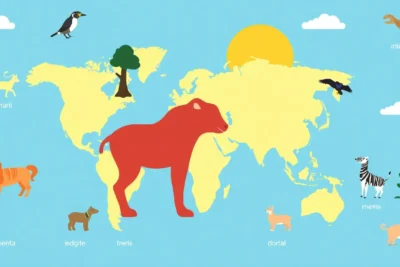
The Cartographer’s Paradox
hace 1 año · Actualizado hace 1 año
Este test de nivel C2 está diseñado para estudiantes que buscan perfeccionar su comprensión lectora a través de una narrativa envolvente y desafiante. Consta de 24 preguntas que pondrán a prueba tu habilidad para interpretar ideas complejas, analizar a fondo personajes y captar matices esenciales en el texto.
Acceder a más Test de Inglés Gratuitos
Historia
In the distant future, mapping the universe was not just a scientific endeavor—it was an existential imperative. Humanity’s survival depended on understanding the vast, ever-expanding cosmos, and at the forefront of this effort was the Stellar Cartography Bureau. Among its ranks was Dr. Rhea Caelum, a cartographer whose maps were said to capture not only the structure of galaxies but their essence.
Her latest assignment was the most ambitious yet: mapping the Void, a region of space where light itself seemed to falter, and no instruments could fully penetrate. The Void was a mystery, a black hole in humanity’s understanding of the universe. Some believed it to be a natural phenomenon; others whispered of ancient, sentient forces.
Rhea’s mission began aboard the Infinity’s Horizon, a state-of-the-art exploration vessel equipped with experimental sensors capable of glimpsing into the Void’s depths. The crew consisted of scientists, engineers, and a small contingent of security personnel, all aware of the risks but united by curiosity.
As the ship approached the boundary of the Void, the instruments began to fail. Star charts flickered and distorted, and the data became incoherent. Yet, to Rhea’s astonishment, her mind was unaffected. She began to see patterns in the chaos, as if the Void was revealing itself to her directly.
She started sketching maps by hand, a practice long abandoned in favor of digital precision. Her maps were unlike anything the Bureau had ever seen—fractals within fractals, spiraling geometries that defied conventional understanding. Her colleagues were skeptical, but the maps proved accurate, guiding the ship deeper into the Void.
Then the voices began.
At first, they were faint whispers, indistinct and fleeting. But as the ship delved further, the voices grew clearer, speaking in a language Rhea couldn’t recognize but somehow understood. They spoke of boundaries and infinities, of creation and collapse.
The crew grew uneasy. “This isn’t just a region of space,” said Captain Elias Ward. “It’s something alive—or something aware.”
Rhea was undeterred. The maps were leading her to a singularity at the heart of the Void, a point of convergence where all paths intersected. She believed it to be a repository of knowledge, a place where the universe’s secrets could be unveiled.
As they neared the singularity, the voices coalesced into a single, resonant presence. It called itself Ka’Thar, an entity that claimed to exist beyond time and space. Through Rhea, it communicated with the crew.
“You are mapmakers,” Ka’Thar said. “But to map the infinite is to alter it. Each line you draw reshapes the fabric of existence.”
The crew was divided. Some argued that they should turn back, fearing the consequences of interfering with such a force. Others, including Rhea, believed they had a duty to continue, to understand the Void and its implications.
In the final approach to the singularity, the ship encountered turbulence unlike anything they had experienced. Reality itself seemed to ripple, and the maps began to shift, redrawing themselves in real time.
Rhea realized the truth: the Void was not a place but a paradox—a space that existed only because it was observed. By mapping it, they were bringing it into being, altering the universe in ways they could not predict.
Ka’Thar offered them a choice. “Leave, and the Void remains a mystery, untouched. Stay, and you will become part of its story, woven into its endless patterns.”
The crew voted. The majority chose to leave, unwilling to risk the unknown. Rhea was torn, her curiosity battling her responsibility. In the end, she made a compromise. She left a single map, a fragment of her understanding, as a gift to the Void.
As the ship departed, the singularity shimmered, and the Void began to recede. The maps Rhea had created vanished, leaving only the memory of their journey.
Back on Earth, Rhea struggled to explain what they had encountered. The Bureau dismissed her account as speculative, but her maps, preserved in her mind, inspired a new generation of explorers.
The Cartographer’s Paradox became a tale of wonder and caution, a reminder that to map the unknown is to shape it—and that some mysteries are meant to remain infinite.
Preguntas
Si quieres conocer otros artículos parecidos a The Cartographer’s Paradox puedes visitar todos nuestros artículos de C2.
Deja una respuesta


Artículos que te pueden interesar